The high-speed train from Shanghai to Xi’an glides from Hongqiao station with a sound as soft as a whisper of wind. Within minutes, the modern skyline of China’s financial capital gives way to the lush green delta of the Yangtze River.
I sank into my second-class seat, with legroom and power outlets, as the train accelerated to 300 km/h.
In the past, going to Xi'an from Shanghai was a 16-hour overnight trip, now it takes only 6 hours thanks to the high-speed rail network.
Having ridden the Japanese Shinkansen, I immediately noticed the difference. The Japanese system is precise, the carriages are spotless, and the passengers are as silent as in a library.
The Chinese version is equally impressive technologically, but on the train, Chinese people chat loudly, share snacks, and watch videos on their phones without headphones. It feels less like a library and more like a communal living room hurtling through the countryside at airplane speed.
Train service also reflects cultural differences. Japan's famous ekiben lunch boxes are works of culinary art, beautifully presented but meant to be eaten cold. They are special bento boxes sold at stations or even on trains in Japan.
Meanwhile, food carts on Chinese trains - like those in Vietnam - serve hot buns, instant noodles with boiling water, and green tea in thermos bottles, simple. Both have their own advantages, but the Chinese way is more suitable for the needs of Vietnamese tourists.
By early afternoon, the landscape changed as we entered central China. The lush green rice fields of Jiangsu gave way to the golden wheat fields of Henan , where farmers in conical hats – like in Vietnam – paused to watch the silver train pass by. The onboard Wi-Fi (a rarity on Japanese bullet trains), though spotty, allowed me to trace my route along the Silk Road that once connected Xi’an to the world.
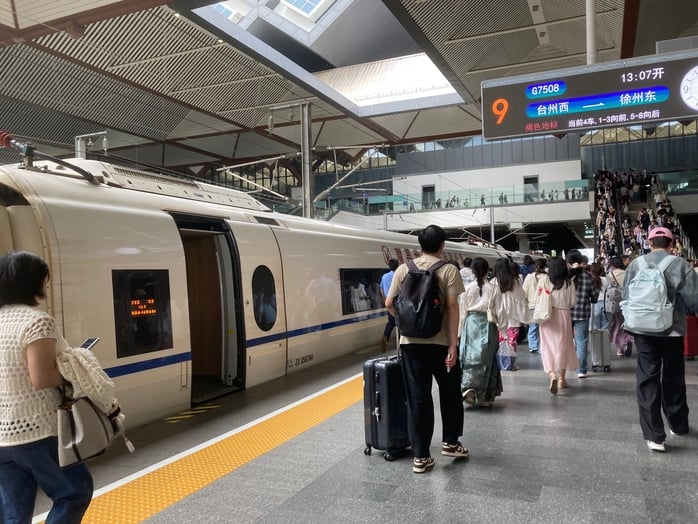
China's high-speed train at Suzhou station (from Shanghai). The train can reach speeds of up to 350 km/h, but usually averages 250 km/h because it stops at several stations along the way.
Xi'an: Where the Empire Resurrected
Arriving in Xi’an is like stepping through a portal in time. The modern high-speed train station gives way to 14th-century Ming Dynasty walls that surround a city that was China’s capital for thousands of years.
The Terracotta Army, discovered in 1974 by a farmer digging a well, remains the main attraction. Standing in front of Pit 1 with its 6,000 life-size soldiers, each with a unique face, I get a sense of the scale of Qin Shi Huang’s ambitions as early as the third century BC. New excavations continue to reveal mysteries. Recently, a terracotta “strongman” with bulging muscles and a round belly was reportedly found.
But Xi’an’s beauty extends beyond its archaeological sites. As dusk falls, I cycle along the illuminated city walls, watching the neon lights of the Muslim Quarter below. The scents of fennel and grilled lamb lead me to stalls serving hand-pulled noodles—like those at Haidilao restaurants in Vietnam—and bowls of yangrou paomo, a hot goat soup with breadcrumbs. History is alive. This is where descendants of those who used the Silk Road still cook traditional dishes. Xi’an is no stodgy relic.
Hangzhou: Poetry and Wandering
The next morning’s train to Hangzhou showcased the ingenuity of China’s railways. We passed through tunnels and valleys, following a route that would have taken Marco Polo months to traverse.
The stability of the train was amazing. At 300 km/h, I was still able to walk along the walkway without holding on to anything.
As you enter Zhejiang province, the landscape transforms into a hazy beauty that has inspired many Chinese poets. Green terraced tea plantations stretch out, while traditional villages with white walls and black tiled roofs nestle along canals.
The transition from the dusty splendor of Xi'an to the soft elegance of Hangzhou takes just five hours. In the past, it took weeks of river travel.
Two systems, one goal
Having experienced both, I have found that China’s high-speed rail system surpasses Japan’s in scale and accessibility. With over 40,000 kilometers of track (compared to Japan’s 3,000 kilometers), China’s rail network reaches places the Shinkansen cannot. Ticket prices are about half those of Japan for a similar distance, making high-speed travel within reach for those with the means, if they know how to use it.
Japan, however, still has the edge in sophistication. Stations are more intuitively designed, signage is bilingual, and the ekiben on trains are still unbeatable. The Chinese system, it seems, was built for Chinese speakers only. Which makes sense, considering the main target audience for these trains is… rich domestic travelers. Because they continue to use the low-speed, cheaper trains.
As you sip Longjing tea by West Lake in the evening, watching fishing boats glide across the calm waters, the true achievement becomes clear. China has not only built the world’s largest high-speed rail network; it has created a new way to experience ancient civilization.
The trains compress time and space, allowing travelers with money to have breakfast in modern Shanghai, lunch among the ancient wonders of Xi'an, and dine watching cormorant fishermen catch fish; a trade that has existed for thousands of years on the waters of Hangzhou.
For business travelers (who don’t pay for tickets), it’s revolutionary: no airport hassles, no time wasted at security. For tourists (who pay for tickets), it’s luxury: more time at their destinations, less wasted on the move. And for China, which loses money every year, these steel veins represent something deeper. It’s a reconnection to its historical role, now stitched together at 21st-century speed.
The future of rail travel isn't just coming, it's already here, cruising through rural China at an average speed of 250km/h. A lesson to the world in how to move people efficiently while still retaining the joy of travel, but, in reality... only for the rich.
Source: https://nld.com.vn/xuyen-thoi-gian-tren-tau-cao-toc-196250701133103787.htm



![[Photo] General Secretary To Lam receives Vice President of Luxshare-ICT Group (China)](https://vphoto.vietnam.vn/thumb/1200x675/vietnam/resource/IMAGE/2025/11/15/1763211137119_a1-bnd-7809-8939-jpg.webp)

![[Photo] Prime Minister Pham Minh Chinh meets with representatives of outstanding teachers](https://vphoto.vietnam.vn/thumb/1200x675/vietnam/resource/IMAGE/2025/11/15/1763215934276_dsc-0578-jpg.webp)


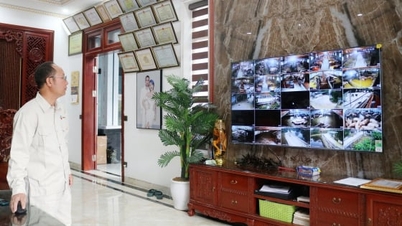









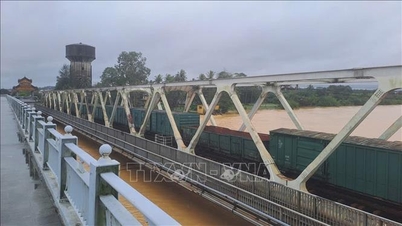

![[Video] Vietnam tourism breaks through in the golden season at the end of the year](https://vphoto.vietnam.vn/thumb/402x226/vietnam/resource/IMAGE/2025/11/16/1763307151750_du-lich-viet-nam-6654-jpg.webp)



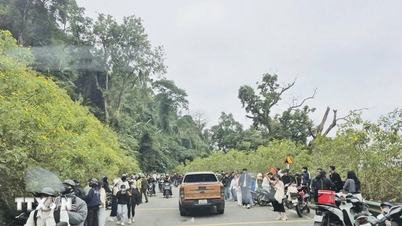

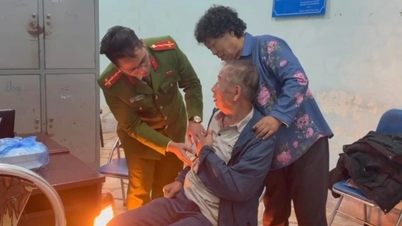

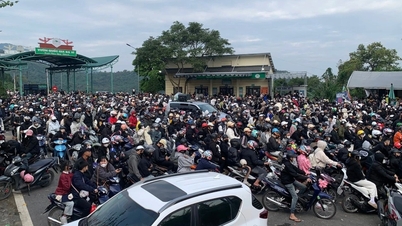









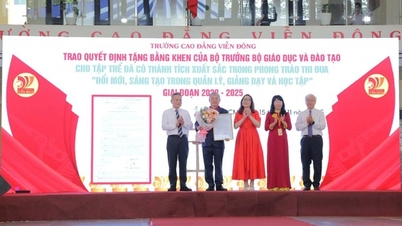
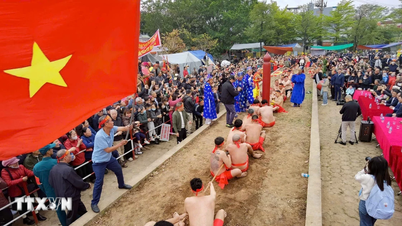
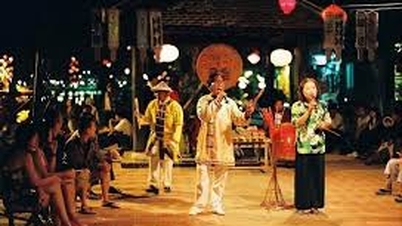






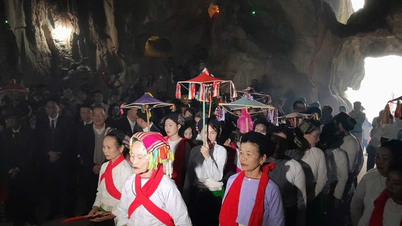







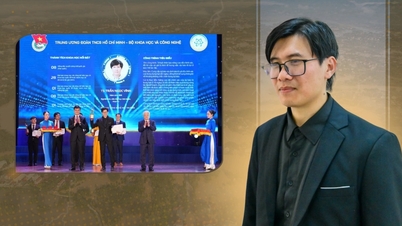























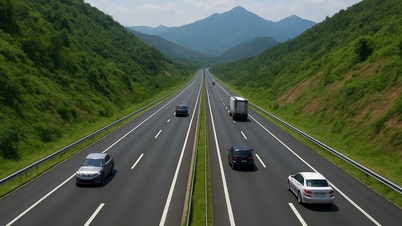






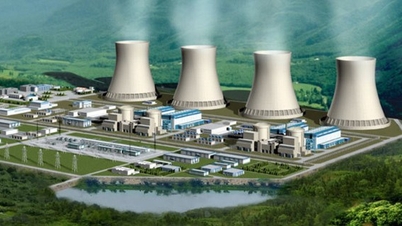











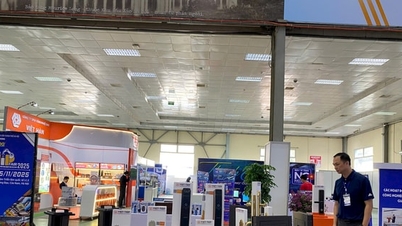





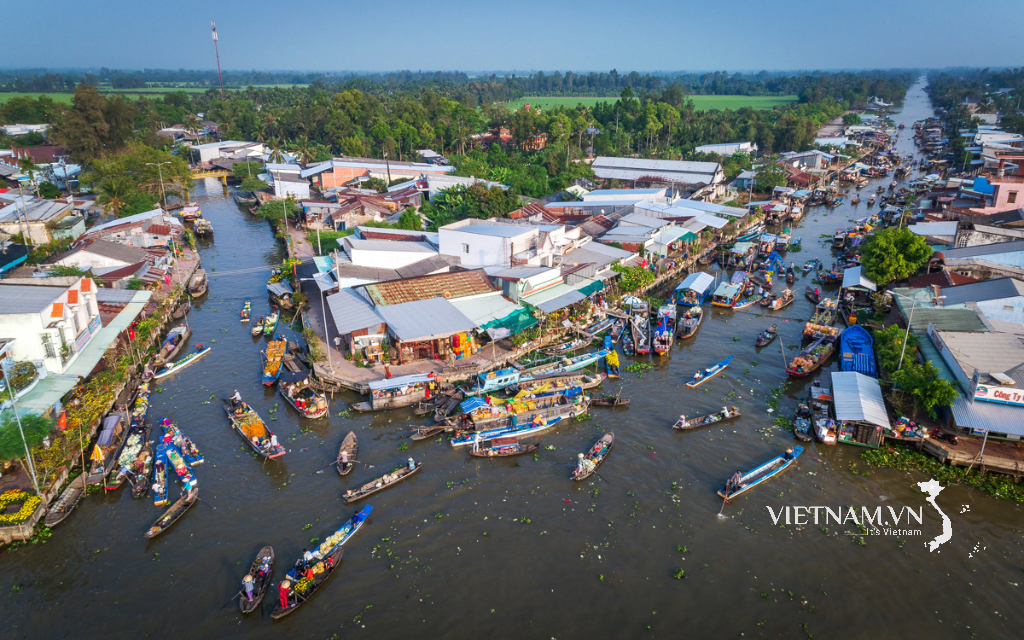



Comment (0)